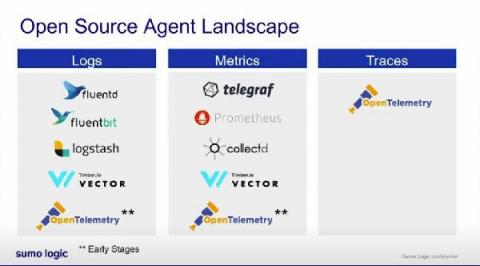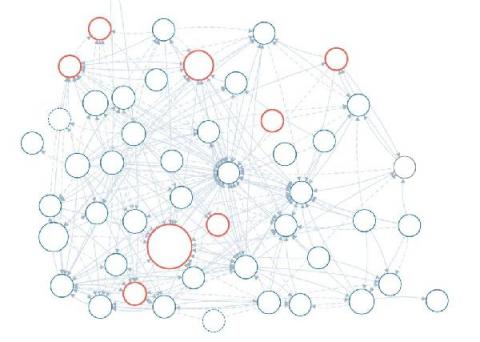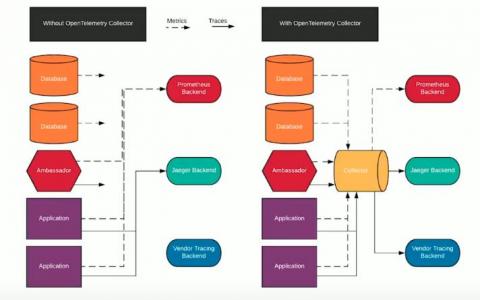Multi-cloud development is accelerating adoption of Kubernetes
As cloud infrastructure grows and develops, reliable and safe management of containers across multiple cloud providers grows increasingly important - accelerating the adoption of Kubernetes (K8s). Orchestration technologies like Kubernetes (K8s) automate the deployment and scaling of containers, and they also ensure the reliability of applications and workloads running on containers.










